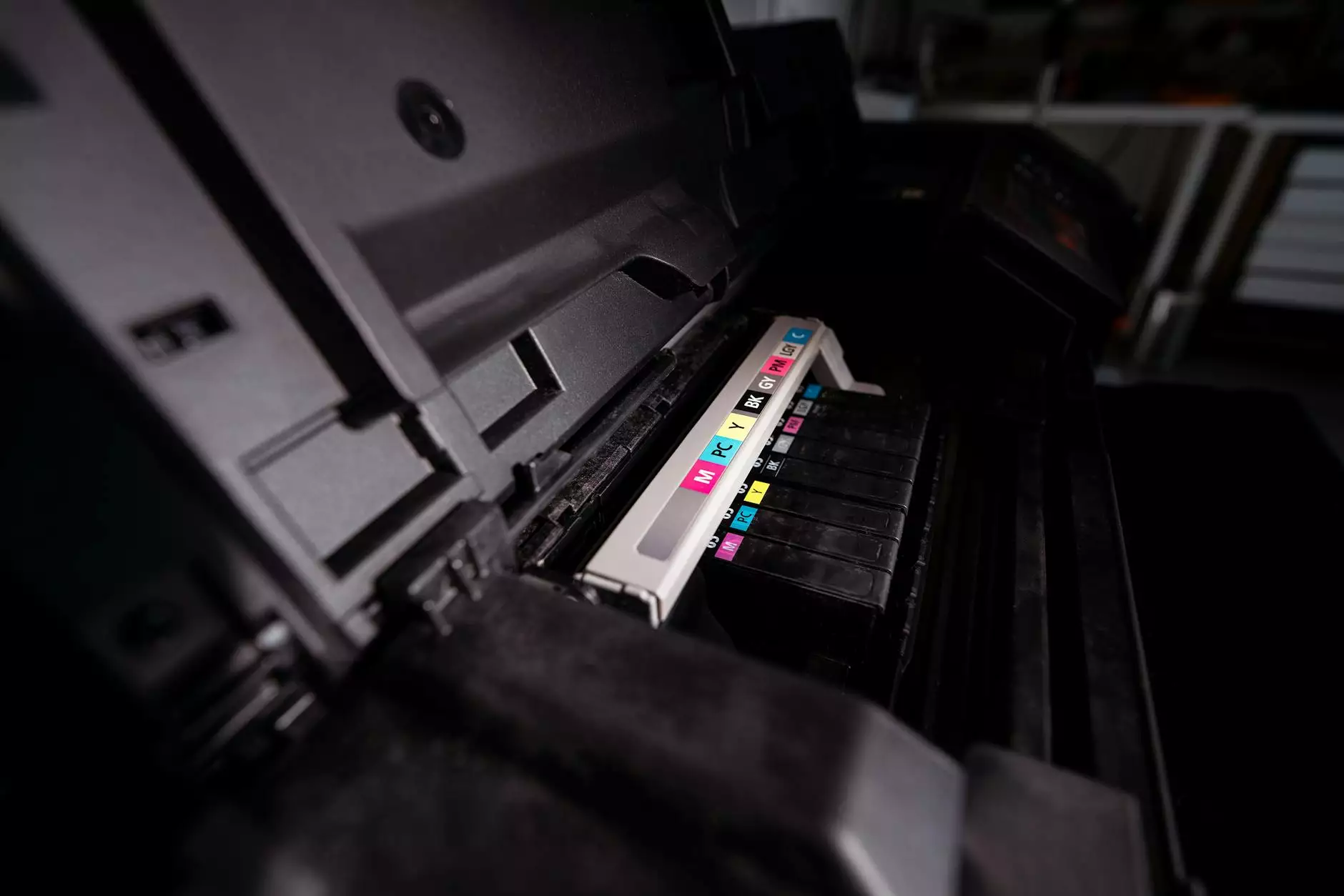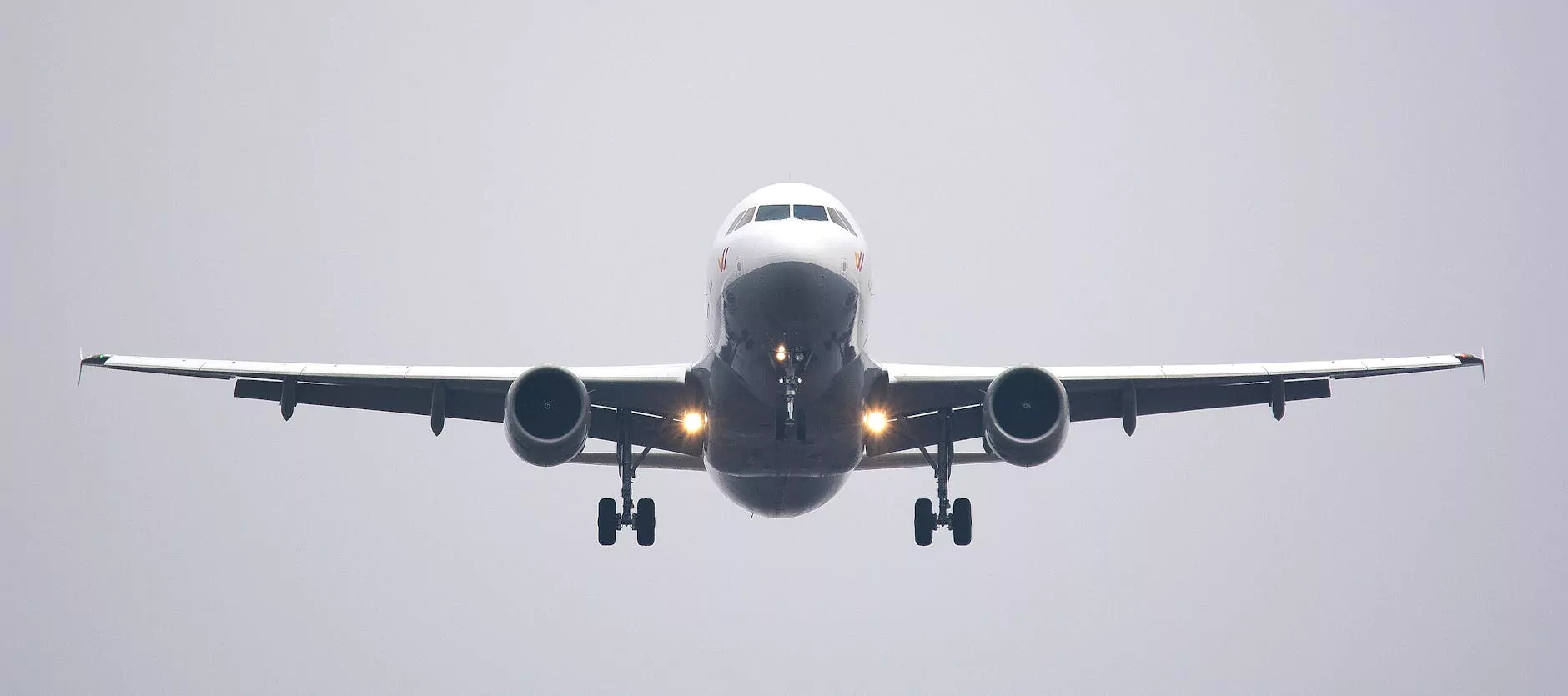Understanding the Role of CT Scans for Lung Cancer Diagnosis

Lung cancer remains one of the leading causes of cancer-related deaths worldwide. Early detection is pivotal for improving patient outcomes. One of the most effective diagnostic tools available today is the CT scan for lung cancer. This article will provide you with comprehensive information about CT scans, their importance in the early diagnosis of lung cancer, and what patients can expect during the process.
What is a CT Scan?
A CT scan, or computed tomography scan, is a medical imaging technique that utilizes a combination of X-rays and computer technology to produce cross-sectional images of the body. This imaging method allows for a detailed view of the lungs, highlighting any abnormalities that may indicate lung cancer. Unlike traditional X-rays, CT scans can provide clearer images and can capture multiple angles, making them an essential tool in oncology.
The Importance of CT Scans in Lung Cancer Detection
With lung cancer, early detection can significantly influence treatment options and survival rates. A CT scan for lung cancer offers numerous advantages that make it a preferred method for diagnosis:
- High Sensitivity: CT scans are highly sensitive in detecting small nodules and other abnormalities in the lungs that might not be visible on conventional X-rays.
- 3D Imaging: They provide a three-dimensional view of the lungs, allowing for better localization and characterization of lung masses.
- Guidance for Biopsies: CT imaging can guide needles during biopsies to ensure that samples are taken from the right location within a suspicious lung mass.
Who Should Get a CT Scan for Lung Cancer?
Screening recommendations for lung cancer vary based on individual risk factors. The following groups are typically advised to consider a CT scan:
- Individuals aged 50 to 80 who are current smokers or have a history of heavy smoking.
- People who have quit smoking within the last 15 years.
- Individuals with a family history of lung cancer.
Discussing personal risk factors with a healthcare provider can help determine if a CT scan is appropriate.
The CT Scan Process
Preparing for a CT scan is generally simple. Here’s what you can expect during your appointment:
- Preparation: You may be asked to avoid food or drink for a few hours before the scan, especially if contrast dye will be used.
- Arrival: You will arrive at the imaging center or hospital, where you will be checked in and informed about the procedure.
- Positioning: You will lie on a special table that slides into the CT scanner. It’s important to remain still during the scan to ensure clear images.
- Scanning: The CT machine will rotate around you, taking images as you breathe normally.
- Post-Scan: After the scan, you can resume normal activities immediately unless instructed otherwise.
What to Expect After a CT Scan
After the CT scan for lung cancer, the images will be evaluated by a radiologist. You can expect to receive results within a few days. It's crucial to follow up with your healthcare provider to discuss your results and any next steps if abnormalities are found. Early intervention is key for effective lung cancer treatment.
Common Uses of CT Scans in Lung Cancer Management
Besides diagnosis, CT scans play several critical roles throughout a patient’s journey:
- Staging: Determining how far cancer has spread helps in planning treatment.
- Monitoring Treatment Response: Regular CT scans can track the effectiveness of treatments.
- Detecting Recurrence: After treatment, CT scans are essential for monitoring for signs of cancer return.
Advantages of CT Scans Over Other Diagnostic Methods
While there are various diagnostic tools available, the CT scan offers unique benefits:
- Fast Results: CT scans are generally quick, often delivering results within hours.
- Non-Invasive: Compared to surgical methods, CT scans are non-invasive and involve minimal discomfort.
- Comprehensive Data: They provide more detailed information than traditional X-rays, which can be pivotal for accurate diagnosis.
Limitations of CT Scans
Despite their advantages, it's important to understand the limitations of CT scans:
- Radiation Exposure: Though the doses are low, CT scans involve exposure to radiation, which poses a slight risk.
- False Positives: Sometimes, CT scans may show abnormalities that are not cancerous, leading to unnecessary anxiety and further testing.
- Cost: Depending on healthcare systems, CT scans can be more expensive than other imaging techniques.
Future of CT Scans in Lung Cancer Diagnosis and Management
The field of medical imaging is continuously evolving. Emerging technologies, such as AI in imaging, may enhance the accuracy of CT scans in detecting and characterizing lung cancer. As these technologies develop, they promise even better outcomes for patients.
Conclusion
The CT scan for lung cancer is an invaluable tool in modern medicine. It not only assists in diagnosing lung cancer at an early stage but also plays a significant role in treatment planning, monitoring, and managing the disease. As advancements in technology continue, the future of lung cancer detection looks promising, providing hope for many individuals at risk.
If you have concerns about lung cancer or are at risk, consult with your healthcare provider to discuss the possibility of a CT scan and other preventive measures. Early detection saves lives!









